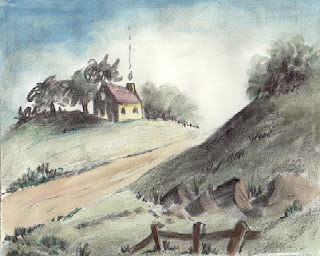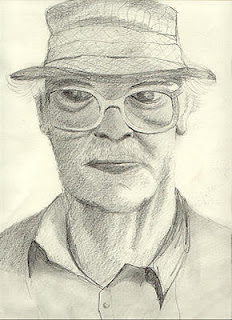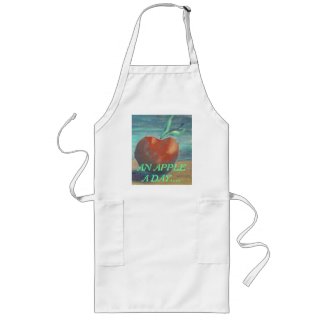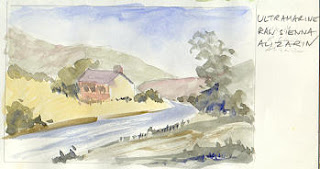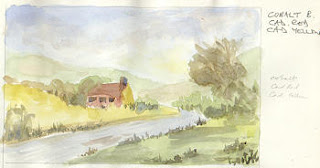After the last post, I thought at my art group this week I would prepare an easy demo of the way that I approach my pastel paintings.
I often use several layers, using fixative between each layer. The free use of a fixative is often deprecated in many books and tutorials but I find that by building up a textured layer effect, I can get paintings which I am very pleased with. Of course high-lights, particularly in white should be left for the last layer, which I do not fix as in this case fixing will have a deleterious effect on the colours. However I find that darker colours are not affected and fixing each layer helps to build up a wonderful "tooth" so that subsequent layers do not become "muddy".
I decided to do another very simple beach scene, sky with clouds and sand. There is a suggestion of something at the horizon but no etailed imagery. This demo is about the painterly effects not about drawing.
I started by covering the rough cardboard media with complementary colours where the sky and the beach were to be.
This was quickly followed ( after the fixative had dried) by slashes of colour applied with the side of the pastel stick. I have also rubbed the pastel into the surface using my finger tips.I do not want the colour of the card showing thru at all.
You can see the first layer thru the new layer. Interestingly, I had used this board for drawing practice before I started to do this demo and had wiped off the pastel with a cloth; the remains of the image show thru the applied pastel - see central uper sky area. You can also see that I have left a little gap at the horizon. I sometimes run the colours together depending on the subject, the amount of overlap depends on the effect to be achieved.
Not quite satisfied with the cover at the last stage, I have applied more of the blues and yellows. In fact I used three shades of each colour. It is fairly easy to pick out the shades of blue because of the recession that I am looking for in the sky.
I have now put some clouds in with white and used a reddish shade of brown ( actual colour unknown- I have a large collection of pastels and I now I should remember the colours but I pick out of the box something close to what I want). I have also gone over the whole painting with another layer, again using the sides of the sticks but very lightly. I am now catching the previously applied pastel which gives what I think is a wonderful texture and which is something I always strive for in my pastel landscapes. The purple at the horizon is also beginning to be built to look as if something might just be there.
I was unhappy with the sky at the last stage, the darkest and lightest shades of blue were too obvious, so I have mixed a little of each in this image and sacrificed some of the texture by rubbing them together with my finger tips. I have also applied a little white into the yellow, but maintained the textures here.
A little more texture and a few clouds below the main bank in the distance. I am now happy with this as a painting and will leave it alone, to be viewed later.
Although this is an extremely simple landscape, I find that it does offer something, and this is the texture which I can achieve using this layering technique with fixing between each stage. I started to do this when I first used pastels for abstract work and think of it as something I have developed but would be ready to be proved wrong if you know different.



